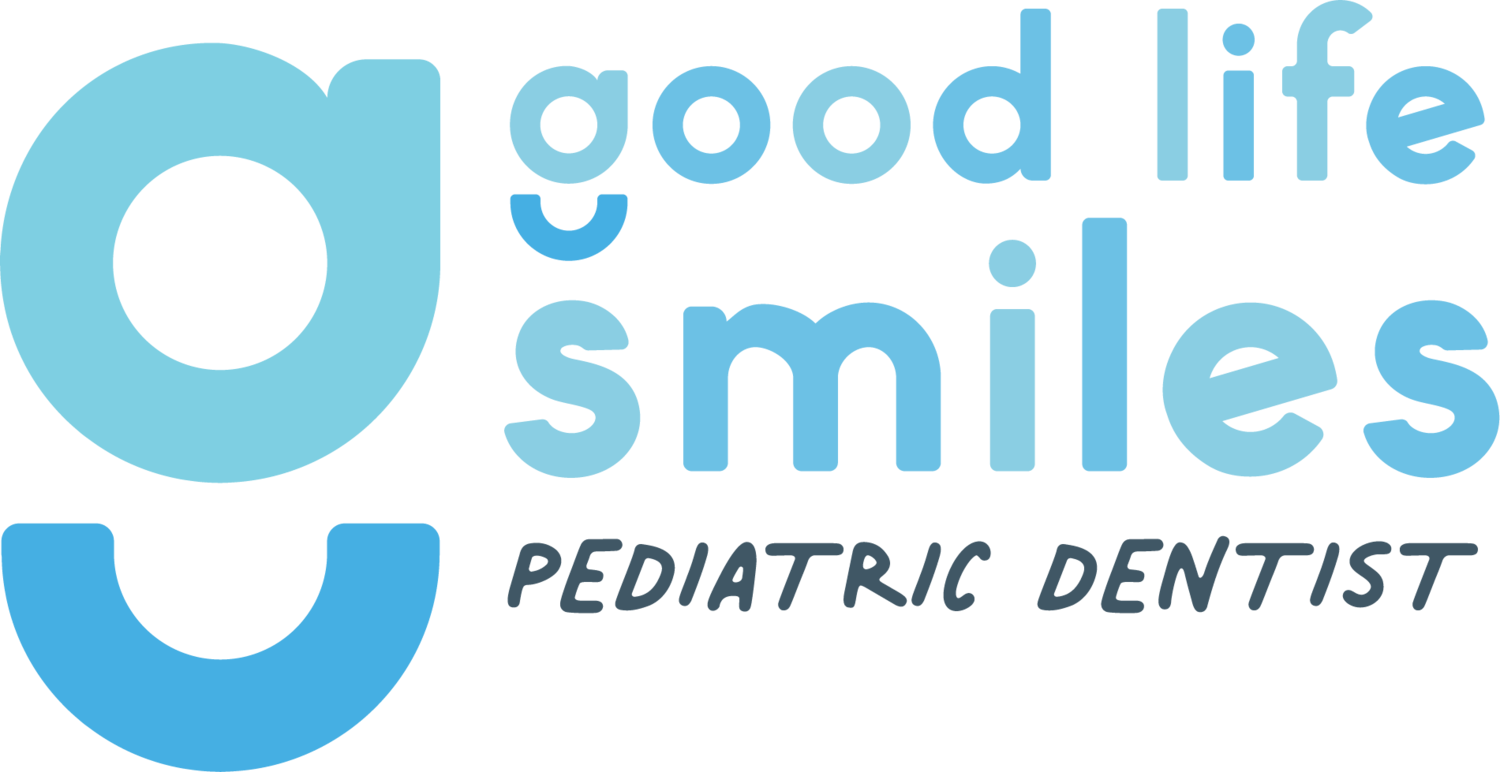C is for Chewing
“The problem had less to do with what we were eating than how we ate it.
Chewing.
It was the constant stress of chewing that was lacking from our diets – not vitamin A, B, C, or D. Ninety-five percent of the modern, processed diet was soft. Even what’s considered healthy food today – smoothies, nut butters, oatmeal, avocados, whole wheat bread, vegetable soups. It’s all soft.”
James Nestor, Breath: The New Science of a Lost Art
Over the course of history, the human face has narrowed, causing teeth to crowd and contributing to higher rates of cavities. And our diet is a major cause of both the crowding and the cavities!
Early humans ate a diet consisting of meats from animals they hunted and root vegetables that they gathered. The foods they ate were tough and required a lot of chewing, which strengthened the muscles of the lips, tongue, and face and broadened their upper jaw bones. This helped make space for all of the teeth (including wisdom teeth!) in their mouths.
Today, our diets are much different! From the very first bite, many babies are offered predominately soft foods: puréed baby foods, applesauce pouches, rice cereals, and easily dissolvable puffs and crackers that require very little chewing effort. Those early choices can influence food preferences as kids grow, and they may favor other foods that require little chewing effort, such as processed carbohydrates, smoothies and shakes, etc. The result has been more dental crowding and more cavities.
While other factors contribute to crowding and cavities, chewing is something that we can control, and it might be an important part of the solution.
Why is chewing important?
Chewing is the first step in digestion. When we chew food, we mechanically break down food into smaller pieces, and we stimulate the production and release of saliva. Aside from protecting our teeth from cavities, saliva helps to chemically break down food with digestive enzymes before food is swallowed.
Chewing is also vital for growing faces! It strengthens the muscles of our lips, tongue, and face, and it influences the shape of developing upper and lower jaws. This can make more space for the teeth to come aligned in the mouth, and it may widen the nasal passage for easier breathing through the nose.
Below we’ll discuss some strategies to encourage more chewing in babies and growing kids.
What is Baby-Led Weaning?
In short, Baby-Led Weaning is a feeding strategy for babies that skips purées and jumps right to finger foods. It exposes your baby to different tastes and textures from the get-go, and it lets your baby determine what, and how much, to eat at each feeding session.
Babies may start with foods such as strips of ripe fruit, steamed vegetables, and ground meat and eventually graduate to the foods you serve everyone in the family, so very little special preparation is required.
A valuable benefit of Baby-Led Weaning is the opportunity for your baby to develop oral and motor skills. Picking up food, bringing it to the mouth, finding a way to get it into the mouth, chewing, and swallowing all require fine motor skills and oral skills that baby-led weaning helps develop.
Starting baby-led weaning at the right time is very important! Babies should be able to sit upright with minimal support and have good head and neck control. Wait until they are showing interest, which will include bringing toys and their hands to their mouths.
Before starting baby-led weaning, make sure to check out a book on the subject and consult your pediatrician.
How Do I Encourage My Kids to Chew More?
Offering snacks of crunchy fruits and vegetables is not only healthy for our teeth, but requires more chewing to break down into manageable sizes for swallowing.
For bigger kids, chewing sugarfree gum after meals is great. Chewing gum helps to stimulate the flow of saliva and cleanses the mouth of any leftover food on teeth after eating.
If you’re still concerned about your growing child’s diet and lack of chewing, you might think about adding 5 to 10 minutes of chewing exercises to your child’s day.
For kids (and grown-ups) of all ages, devices such as the Myo Munchee dedicate time to working those muscles of mastication. They helplp train kids to keep their lips together at rest and create a seal between the tongue and the roof of the mouth.
To learn more about chewing and its role in facial development, request an appointment with Dr. Pete here.
Good Life Smiles blog content is for educational and entertainment purposes and should never substitute for informed dental or medical advice from your pediatric dentist and pediatrician.

